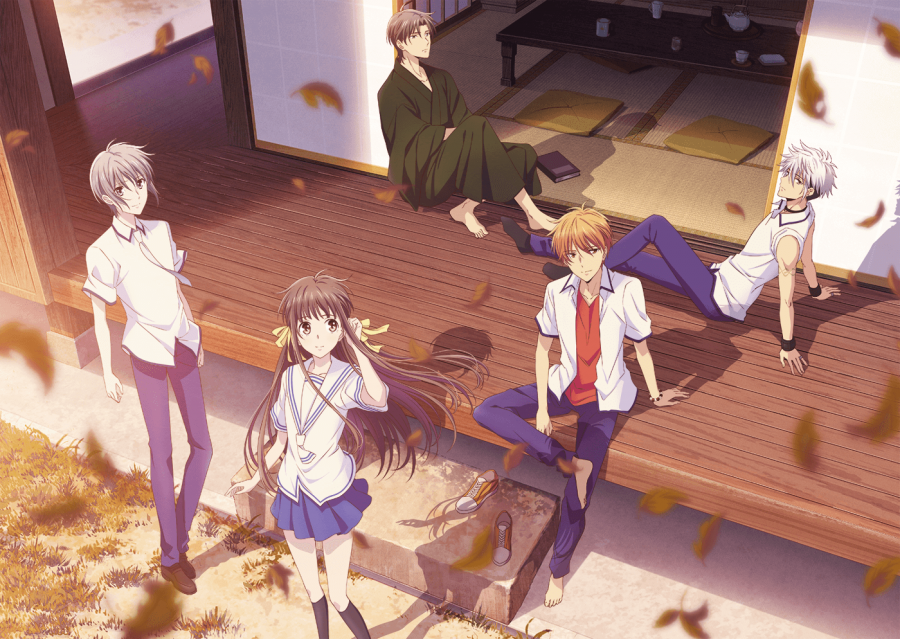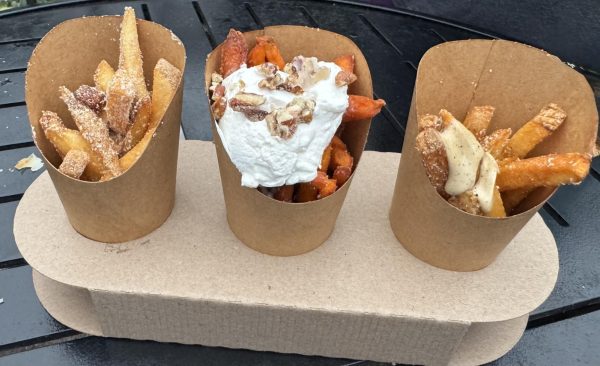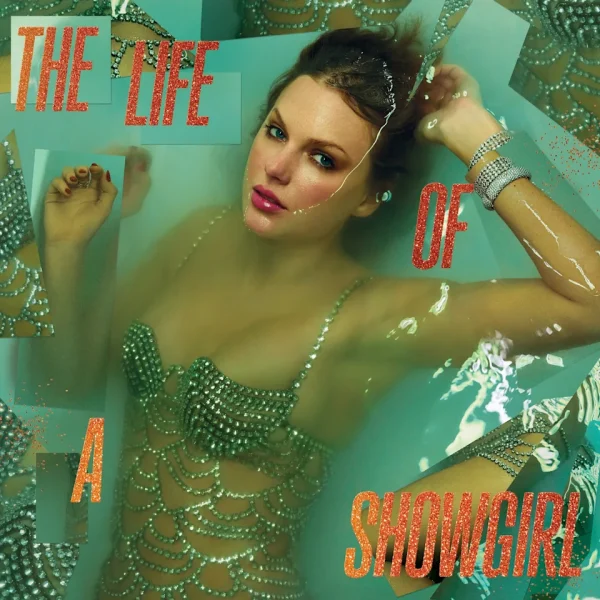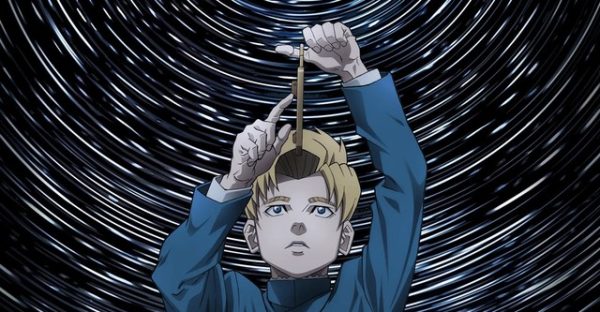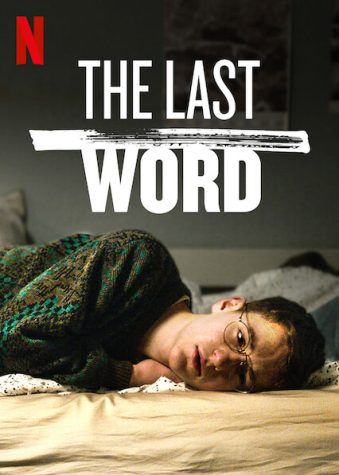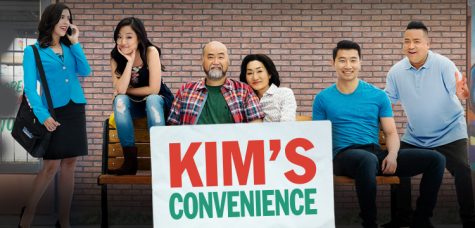A few bad apples ruin the (Fruits) Basket
photo by Netflix
Tohru, Yuki, Kyo, Shigure, and Haru are main characters of “Fruits Basket”. The main setting of the story is featured.
When done right, love triangles are a tug-of-war of the heart. The exploration of two relationships is an ambitious feat, but unfortunately when the members of the triangle are less interesting than the characters outside of it, the story falls flat. “Fruits Basket” is a victim of weak characters, and in a romance where the interactions between characters makes the story, weak characters destroy it.
The 2019 remake of the classic romance anime “Fruits Basket”, which originally aired in 2001, follows 16-year-old Tohru Honda (Manaka Iwami) struggling to live on her own when she meets two mysterious brothers: the elegant Yuki Soma (Nobunaga Shimazaki) and the charming Shigure Soma (Yûichi Nakamura). As Tohru’s life falls apart due to a series of family issues, she is taken in by the Soma brothers to act as a live-in maid: cooking and cleaning for the two. Only after Tohru moves in does a third Soma boy appear, the fiery Kyo Soma (Yuma Uchida). In an intense fight between Kyo and Yuki, Tohru inadvertently uncovers the secret of the Soma family, that they turn into Chinese Zodiac animals when hugged by the opposite gender. The rest of the story details the interactions between Tohru and the massive Soma family with an ever shifting love triangle between Tohru, Yuki, and Kyo.
“Fruits Basket” is a story reliant on character interaction, particularly between Tohru and a large cast of characters. The problem with this structure is that Tohru is an uninteresting and predictable main character, making her interactions just as predictable. Episodically, Tohru meets new characters and conflicts, but she behaves the same way in each episode: painfully apologetic and “perfect”. Every character loves her, and if they don’t, they will by the end of the episode. It is infuriating to watch a character undeserving of others’ admiration still receive it.
Emotional scenes are a staple for this anime, with Tohru listening to the various laments of the Soma family and her friends. However, these scenes often lack the impact they aim to achieve. Tohru herself is shown to endure tragic events back to back, lacking a father figure and mourning the death of her mother, but the audience is never shown a genuine impact of these events. The same applies for other main characters, like Yuki’s broken relationship with his mother. It is underwhelming to be presented a tragic scenario and for that scenario to rarely shine through in the behavior of the characters. These scenes are meant to further the relationship between Tohru and various characters, however they continue to be basic sob stories that have no bearing on their character. The show is clearly capable of connecting these tragedies with their character’s actions, which can be seen in Kyo’s feeling of inferiority that is constantly reaffirmed by his family, resulting in his constant competition with Yuki. This makes it all the more disappointing for the other characters to have base-level, boring conflicts that could be more.
The technical side of “Fruits Basket” can be nice to look at. The show has the capability of creating beautiful and well-composed scenes. More often than not, though, the scenes and characters are average. The best way to describe the style and animation is mediocre, functioning on a base-level. The style reflects that of most slice-of-life romance anime. The scenes and main characters are not memorable despite its status as an iconic anime. Character designs are hit or miss, with most of the ambitious designs being side characters, and the main characters only varying through hair color. It is underwhelming when put next to visually unique and ambitious animes like “Kill La Kill” and “No Game No Life”, which break the boundaries of typical animation and utilize the medium to its fullest potential. “Fruits Basket” settles for a generic, stiff style that is hardly memorable.
“Fruits Basket” is an underwhelming anime with an interesting concept but a problem with flat characters that remain unchanging and uninteresting and a lack of genuine relationships both between the characters and between the audience. The style is unoriginal and lacks the ambition of other classic animes, under utilizing the animation medium. This anime may be enjoyable for a viewer who wants to turn their brain off and look at 2-D eye-candy, but beyond that it has no depth for an audience looking for content that stands out from the rest.
Your donation will support the student journalists of Hagerty High School. We are an ad-free publication, and your contribution helps us publish six issues of the BluePrint and cover our annual website hosting costs. Thank you so much!

